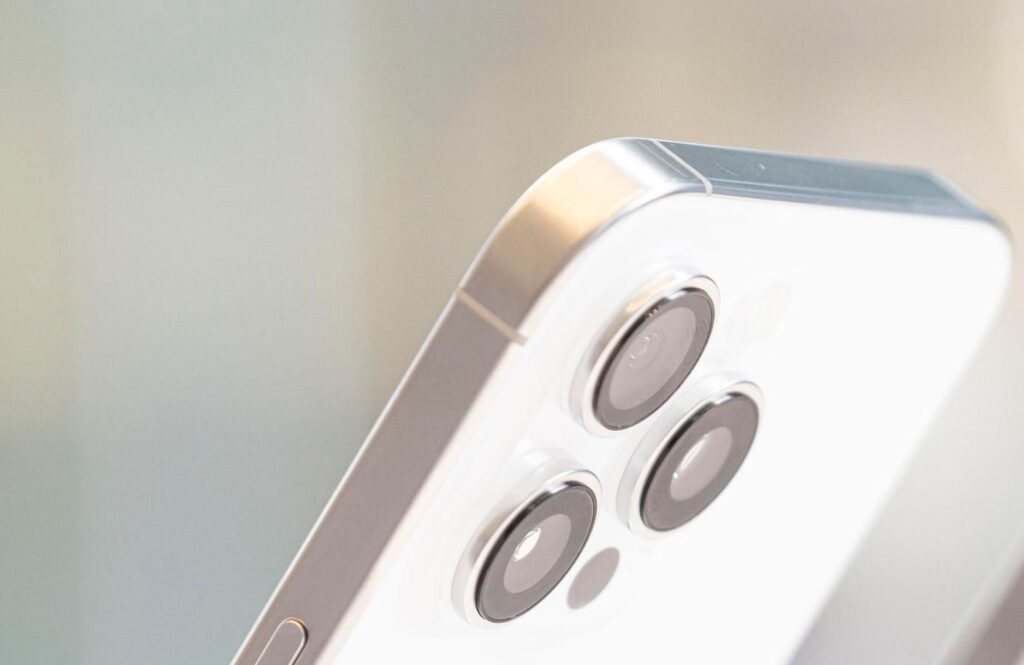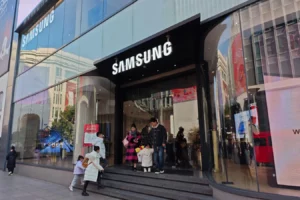
Apple Warns iPhone Users—Do Not Change This Setting
As we enter a new year, cybersecurity threats are increasing at an alarming rate. With cybercrime groups targeting mobile devices in the early stages of their attacks, concern is understandable. However, there’s one setting you should not change on your iPhone without fully understanding the implications.
The “hidden” setting on your iPhone is Lockdown Mode. While it may seem like a convenient way to ensure data security, enabling this mode will severely limit your device’s functionality. In fact, Apple warns that when Lockdown Mode is enabled, your device won’t function as you expect.
To reduce the attack surface that could potentially be exploited by highly targeted mercenary spyware, certain apps, websites, and features will be strictly limited for security purposes. Message attachments will be removed, web pages will not display normally, some calls will be blocked, some photo albums will be unavailable, some wireless connections will not work, and some accessories may stop functioning altogether.
While Lockdown Mode may provide a higher level of security, it’s not necessary for the average user. In fact, unless you’re in one of those highly sensitive roles or have reason to fear nation-state level attacks, this setting is unnecessary.
Instead, follow basic security rules to ensure your phone remains safe and secure. Firstly, ensure your iPhone is running the latest version of iOS and install new updates as soon as they become available. Be cautious when installing apps from Apple’s App Store and don’t grant permissions that seem out of character with the app’s core functionality.
When using public WiFi networks, be sure to encrypt your web traffic and avoid emailing or texting sensitive information over these networks. By default, enable fully encrypted texts and calls wherever possible, and consider investing in a reputable VPN when traveling.
Additionally, take steps to protect your device from theft by enabling stolen device protection and limiting location tracking. Create a strong PIN and ensure FaceID is enabled for an extra layer of security.
Finally, run Apple’s Safety Check (available in Security & Privacy settings) to understand who you’re sharing data with, which apps have access to that information, and which devices are linked to your account. By defaulting to these basic hygiene factors, almost all users will remain safe without resorting to “extreme” measures.
In conclusion, Lockdown Mode is not for the average user. Apple designed it specifically for a small number of individuals who may be targeted by extreme cyber attacks. Don’t be swayed by headlines claiming it’s essential for overall security. By following these simple guidelines and ensuring your iPhone stays up-to-date with the latest software, you’ll have all the protection you need without sacrificing functionality.
Source: www.forbes.com


